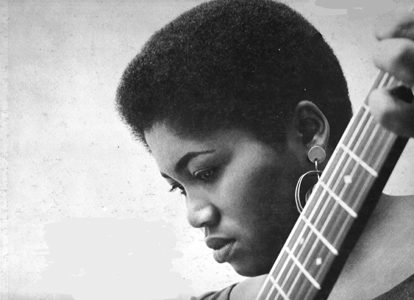Storytelling: Woolgathering 1.4 - Play With it!
When you listen to a storyteller, you are helping create the story while you listen. After you hear a story it is yours. To play with…to learn from…to imagine with. Here are a few ideas that I share with the students who listen and create stories with me at Read Boston.
Playing is a powerful way to learn. And it is now scientifically proven to be important to our health and well being. From the TEDx site "Dr. Stuart Brown came to research play through research on murderers -- unlikely as that seems -- after he found a stunning common thread in killers' stories: lack of play in childhood. Since then, he's interviewed thousands of people to catalog their relationships with play, noting a strong correlation between success and playful activity. His book Play describes the positive impact play can have on one's life." Dr. Brown says that play and story are closely related. "Three dimensional play lights up the cerebellum"
So when your are having fun with your own version of a story you heard, you are creating and bein as you mix up what you heard with your own rich imagination.
Exercises: Woolgathering 1.4 - Play With it!
1. Imagine a new ending.
A story with a completely or even slightly new ending is, a different story. It is fun to think of different ways the same things could end or different things the same events could lead to. It is like yoga for the mind. It stretches your thinking and strengthens your problem solving ability.
2. Draw some pictures.
What’s is your picture of the main characters in the story ? Make masks of your favorite characters. Or each one can draw a favorite part of the story. Put these all together and arrange in order, from beginning to end. Add any parts that were missing. Show these as a story line or tape drawings together to make a kind of story “quilt .
3. Tell the story through action.
Instead of telling the story with words see if you can tell it with your gesture, your posture and your facial expressions.
4. Pretend.
Pick a character from the story that interests you. Then speak, act, walk and breathe like that character for the rest of the day.
5. Post your idea in the comments below:






